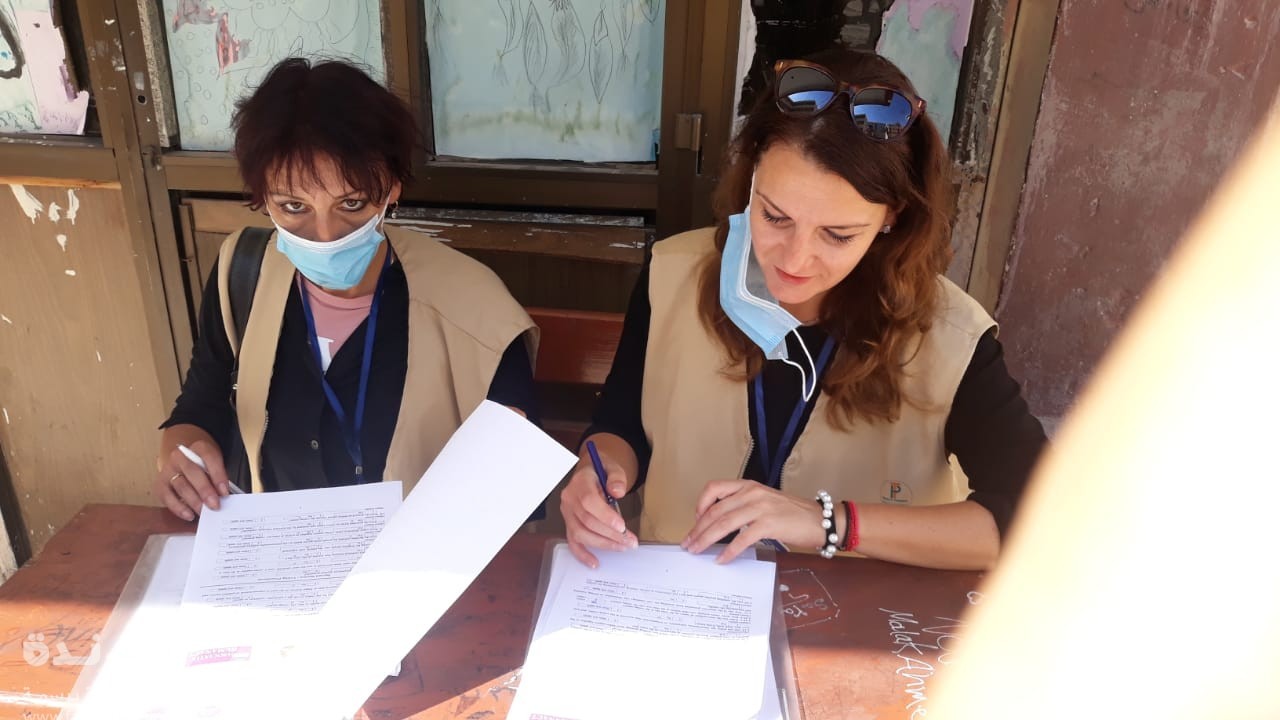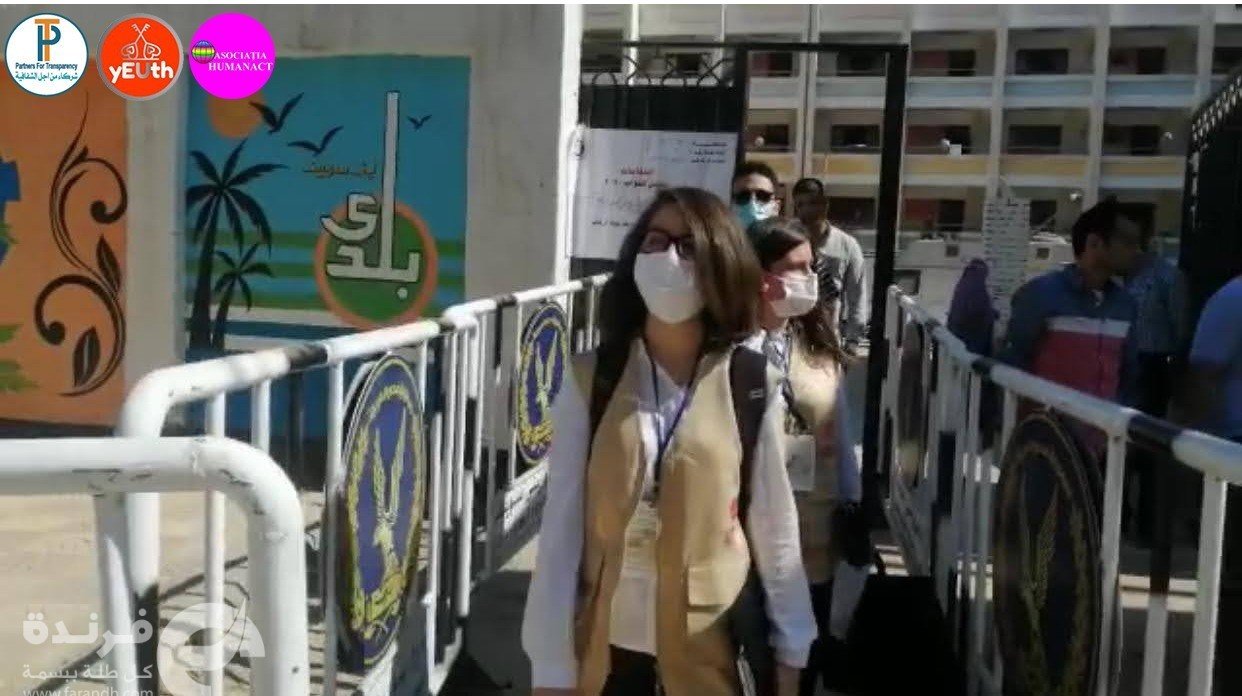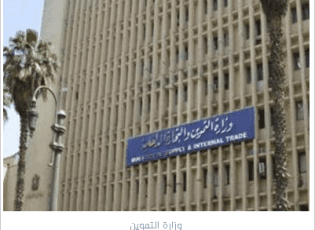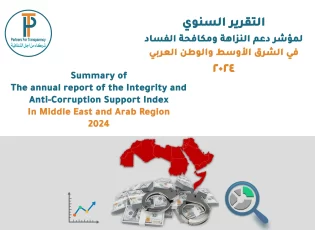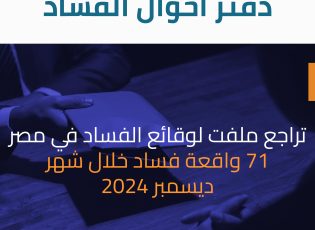The joint Egyptian-European mission completed its work in following up the electoral currency on the second day of voting in the first phase elections.
The members of the mission set out on Sunday morning, October 25, for several separate election committees to see the progress of the electoral process in their second day.
The mission identified the governorates of Giza, Alexandria and Beni Suef within the framework of the work of the Egyptian-European coalition interested in following up the parliamentary elections in Egypt because of the importance it represents at the international level, and in light of the Egyptian laws organizing the electoral process and commitment to international standards, after obtaining the necessary permits from the National Elections Authority.
The mission formed 3 field teams for the governorates of Giza, Beni Suef and Alexandria to monitor and follow up the election process.
The members of the mission visited 52 electoral headquarters, 20 in Giza governorate, 12 in Bani Souf governorate, and 20 in Alexandria governorate, to follow up the electoral process and monitor the behavior of voters and election officials.
Beni Suef Governorate
The voting bloc of Beni Suef Governorate is approximately 3 million electoral votes, with the total number of those who have the right to vote 2 million and 883 thousand and 354 voters.
In Beni Suef Governorate, 91 candidates are competing for the eight individual seats allocated to the governorate in its four constituencies, distributed among 692 sub-committees at the governorate level within 481 electoral headquarters.
The governorate of Beni Suef also participates in the list of the North, Central and South Upper Egypt sectors, and 8 out of a total of 42 seats are allocated for the entire list, with two electoral lists competing for them.
Beni Suef includes 4 electoral districts, which are:
The first constituency is a committee at the headquarters of the New Beni Suef Youth Center, east of the Nile, with 434 thousand and 970 voters. It has two seats, and 24 candidates compete for them.
The second constituency includes the centers of Nasser and Al-Wasta. Two seats are allocated for it, and 32 candidates are competing over them.
The third constituency is at the headquarters of the Ihnasia Youth Center, and a single seat is reserved for it, with 7 candidates competing.
And the fourth constituency, located in the youth center of the city of Baba, for which there are 3 seats, with 28 candidates competing.
Giza
The voting bloc of Giza governorate is 5 million 690 thousand electoral votes in 1160 electoral sub-committees.
It includes 12 electoral districts for which 480 schools are equipped as electoral headquarters, with 25 seats in the single system and 23 seats in the list system.
Giza governorate also participates in the list of the North, Central and South Upper Egypt sectors, and 23 out of a total of 42 seats are allocated for the entire list, with two electoral lists competing for them.
While 12 electoral districts are competing for the individual seats, 317 candidates representing 36 political parties and independents are competing.
Alexandria Governorate
The voting bloc of Alexandria governorate reaches 4 million 67,901 electoral votes, 1160 sub-committees have been prepared for them.
In Alexandria, 221 candidates, including 173 independent and 48 party candidates, are competing for 16 seats in 6 electoral districts.
- The first constituency, Al-Montazah, has 4 seats, and 69 candidates compete.
- The second constituency, El Raml, has 3 seats, and 39 candidates will compete
- The third constituency, Sidi Gaber, will have two seats, and 26 candidates will compete
- The fourth constituency, Muharram Bey, has two seats, and 28 candidates compete
- The Fifth Constituency Attarin has one seat, and 10 candidates will compete
- The Dakhila Sixth Constituency has 4 seats, and 43 candidates compete.
Alexandria governorate witnesses the largest percentage of women running, as 32 women run the elections in the 6 districts.
Twelve women will compete in the Al-Montazah district alone, 7 in the Dekheila district, and 6 in the Raml district.
Alexandria governorate also participates in the list of the West Delta sector, and 18 of the 42 seats are allocated for the entire list, with two electoral lists competing for them.
Observations of the Egyptian European Mission on the second election day:
- Low turnout in the morning compared to the evening period, hours before the polls closed.
- The intensity of voting by the elderly, unlike the first day, which witnessed a youth turnout for the elections.
- Women continue to lead the electoral scene, especially in Alexandria governorate committees.
- Candidates ’supporters try to break the propaganda silence and influence the voters by distributing pictures of their candidates.
- The impartiality of the executive bodies entrusted with securing the electoral commissions.
The first stage of the House of Representatives elections includes 14 governorates, and they are:
Giza, Beni Suef, Fayoum, Beheira, Assiut, Matrouh, Minya, New Valley, Red Sea, Alexandria, Sohag, Qena, Luxor and Aswan.
The first phase of the elections includes 10 thousand and 240 electoral sub-committees, while 33 million voters are entitled to cast their votes on polling days.
In the first phase of the elections, 1879 candidates are competing in 143 electoral districts spread over 14 governorates, to choose 284 deputies, 25% of whom are reserved for women.
The closed list elections for the first phase consist of two sectors:
- The first sector, the North, Central and Southern Upper Egypt sector, represents 100 seats for which 200 candidates are competing, through two electoral lists.
- The second sector, West Delta, represents 42 seats, with 84 candidates competing against them across two lists.
Short link: https://pfort.org/en/?p=4408

